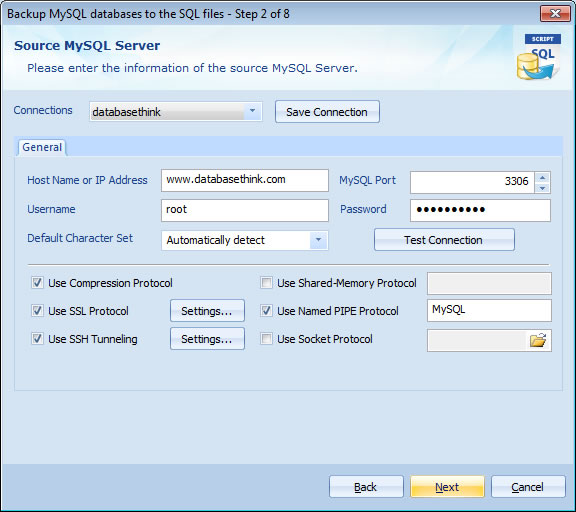

- #AUTOMATIC BACKUP SCHEDULER VEEAM HOW TO#
- #AUTOMATIC BACKUP SCHEDULER VEEAM INSTALL#
- #AUTOMATIC BACKUP SCHEDULER VEEAM UPDATE#
- #AUTOMATIC BACKUP SCHEDULER VEEAM WINDOWS#
#AUTOMATIC BACKUP SCHEDULER VEEAM INSTALL#
To install PgAgent, there are basically three steps You can also have multiple PgAgent's running on different servers that use the same schedule tables. If you are using it to backup databases to a remote server, the account it runs under will also need network file access or ftp access to the remote server. PgAgent service/daemon also needs necessary access to the PostgreSQL database housing the job tables. It just needs to have the pgAgent files, which you can get by installing PgAdmin III or copying over the necessary files. Other note that is not explicitly stated, but is useful to know: PgAgent need not be installed on the same Server/Computer as your PostgreSQL server. For ISPs, having the ability to install it in any db and rolling your own agent interface may be a useful feature. While you can install PgAgent in any database, to our knowledge, you can only administer it via PgAdmin III if it is installed in the maintenance database which is usually the database called postgres. Reference, refer to the official PgAgent install docs listed above. We shall highlight the areas where people most commonly screw up in installation, but for master
#AUTOMATIC BACKUP SCHEDULER VEEAM HOW TO#
Note the docs describe how to install PgAgent: ,īut the example to install it in a db called PgAdmin seems to send people off in the wrong direction. Granted the job history display in PgAdmin that provides success and time taken to perform task is a nice touch and makes up for some of this lack and you can always roll your own by running some monitor to check the job event logs. This is a bit tricky since it would need to be cross-platform. Users to walk thru a set of steps to build automated backup/DB Maintenance tasks.

To what SQL Server Agent has that can notify you by email when things fail and a maintenance wizard type complement tool similar to what SQL Server 2005 Maintenace Wizard provides that allows Some missing features in PgAgent which would be nice to see in later versions would be some sort of notification system similar
#AUTOMATIC BACKUP SCHEDULER VEEAM WINDOWS#
For running PostgreSQL specific jobs such as stored function calls it is easier than using windows scheduled tasks.Ĭompared to SQL Server Agent - PgAgent has the following advantages:.it is a bit easier granted the PostgreSQL account used is a super user or has sufficient rights to the dbs.Ĭompared to Windows Scheduled Tasks - PgAgent has the following advantages:
#AUTOMATIC BACKUP SCHEDULER VEEAM UPDATE#


 0 kommentar(er)
0 kommentar(er)
